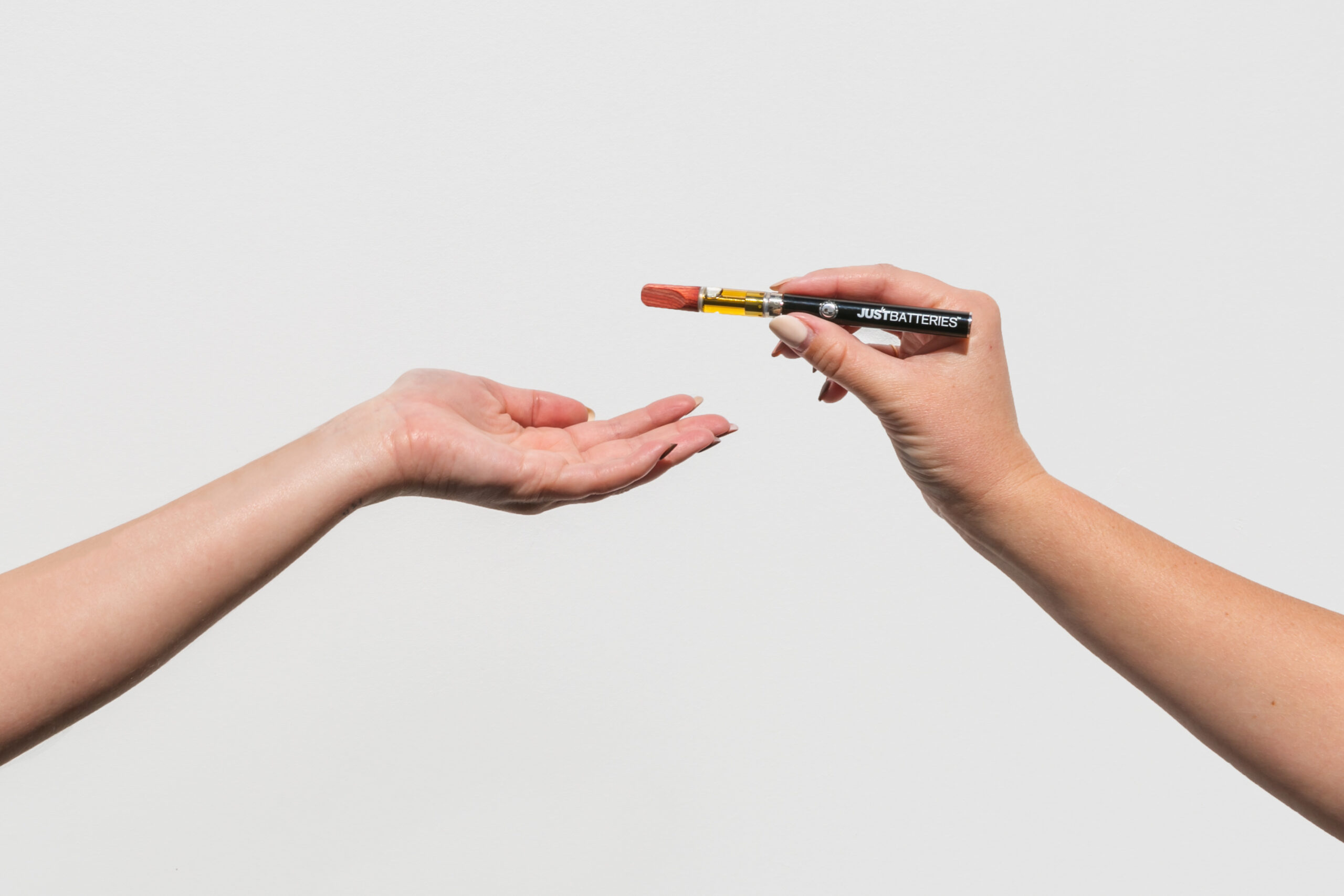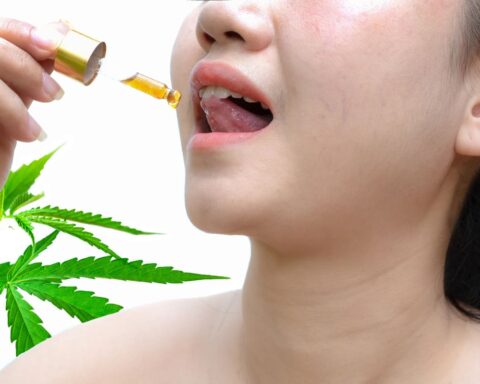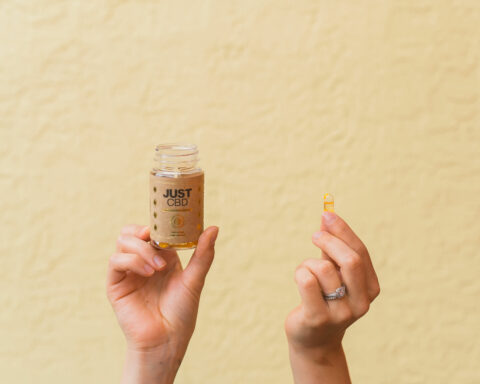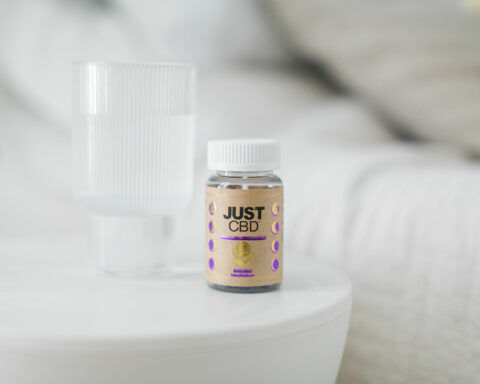Want to get rid of a muscle ache? Soothe a skin ailment? How do you calm a creaking joint? Then a topical may be the answer. This article explains what CBD topicals are and how best an individual can use CBD topical to their benefit. CBD topicals include creams, lotions, balms, oils, salves, and anything else that may be applied by an individual directly to the skin.
Many individuals are familiar with the fundamentals of lotions and creams and their ability to hydrate and nourish the skin. However, what about CBD-infused lotions and balms? What is the mechanism of action of CBD topicals? You’ve most likely encountered CBD products in oils and tinctures by now. True, most CBD products are sold as treats intended for oral consumption. However, this is only one application of CBD.
A Historical Overview of CBD Topicals
For years, various versions of a topical CBD balm have been used to alleviate pain and inflammation and treat various skin ailments in ancient China, India, and Latin America. Our culture has developed a nasty tendency to reject proven natural therapies. Patuto (2019) stated that if you’re not unfamiliar with muscle aches or chronic skin issues, you’ve heard about CBD, a compound gaining popularity in recent years. CBD balm is a natural anti-inflammatory, gaining popularity among athletes and the skincare sector. The cannabis plant contains cannabidiol, or CBD, as it is more generally known. It is well-known for its capacity to deliver therapeutic benefits without producing a psychoactive effect, as THC does.
CBD products may include tiny amounts of THC, but no more than 0.3 percent, which is often insufficient to induce a “high” – unless taken at large enough levels. Three types of CBD exist:
Full-spectrum CBD.
It contains cannabinoids (including THC), flavonoids, and terpenes found naturally in the cannabis plant.
Broad Spectrum CBD.
This one has all cannabinoids, flavonoids, and terpenes naturally found in the cannabis plant except THC.
CBD Isolate.
This product contains no other cannabinoids (including THC), flavonoids, or terpenes.
According to Finlay et al. (2020), CBD and THC may perform better in combination due to a phenomenon known as the entourage effect. In essence, one ingredient enhances the performance of the others, which means that broad- and full-spectrum products may have an advantage over isolates. Studies indicate that CBD may benefit various conditions, including chronic pain, sleeplessness, and anxiety. While many CBD products such as candies, oils, tinctures, and capsules are intended to be consumed, you may require a CBD product that can be applied by an individual directly to a specific area of your body. Topicals are the answer.
Choosing the Best CBD Topical
Type of Topicals
Topical drugs come in several forms, such as creams, lotions, salves, balms, and oils. CBD massage oils, cleansers, and lip balms are also available from some businesses.
- Oils. These little multitaskers can be ingested or applied to food, beverages, and regular lotions. It is a great alternative if you already have a favorite moisturizer and want to add CBD to it.
- Balms and salves have a higher viscosity (often made using ingredients like beeswax). They do not usually absorb entirely and leave a protective layer on your skin.
- Creams and lotions are exactly what you’re picturing. However, the key element is that they typically rub entirely into the skin.
CBD Classification
CBD can be classified under; Isolate, broad-spectrum, and full-spectrum CBD. These phrases refer to the process used to extract CBD, which impacts the cannabinoids and other compounds found in it. The extraction procedure, for example, removes all other cannabinoids as well as any volatile chemical components when isolating cannabinoids. It is a great option for those looking for a THC-free medication, but it may reduce CBD’s overall medical benefits. Most cannabinoids are preserved during extraction for broad-spectrum goods, but THC is removed, whereas full-spectrum products retain all cannabinoids, including THC. However, it is important to remember that THC in full-spectrum products is minimal, at 0.3 percent or less.
Additional Elements
When shopping for CBD topicals, it’s critical to evaluate the ingredients included in addition to the CBD. CBD topicals usually contain menthol or other cooling ingredients. These provide a pleasant chilly sensation while also aiding in pain relief.
- Red pepper extract Capsaicin, obtained from fiery hot red peppers, causes a warming feeling that may aid pain relief.
- Arnica. It is yet another well-known pain reliever.
- Plant-derived essential oils.
Potency
Generally, higher potency goods produce the best effects. Thus, the product’s potency should be the first thing you search for. Because CBD does not readily penetrate the skin, you’ll want to ensure that the topical you choose is potent enough to provide advantages. CBD-rich topicals typically contain at least 200 milligrams of CBD in each bottle, with some containing as much as 1,000 mg.
Quality control
CBD, like any other product, must be of good quality. Knowing where your product’s hemp was grown can give you peace of mind knowing the product is of the greatest quality. Hemp products grown in the United States that are certified organic are generally your best bet, as agricultural standards govern farmers in the United States. Consider brands that are transparent about their products and procedures. You should be able to quickly find product information on the product’s packaging, the company’s website, or by contacting the brand directly. Many companies (including those listed here) will provide a certificate of analysis (COA), allowing you to see the testing results in person.
How to use CBD Topicals
Liu (2019) stated that it is simple to use CBD topicals as an individual needs to apply the product to the region that has been irritated. You should begin to feel its effects immediately or within a few days, depending on the purpose of using it. If you’re using the product to treat pain, you’ll likely notice effects rather soon, whereas skin issues may require several applications to resolve. You may also experience a tingling feeling or a sensation of warmth or coolness in the area following application. It is usually not a cause for concern and is caused by the other substances in the product. Always read the box thoroughly for any particular instructions or recommendations regarding the use of the product.
Conclusion
Although research on the effects of CBD topicals is currently limited, many people have reported that they are beneficial for managing pain, easing skin ailments, and promoting calm. There are numerous CBD topicals on the market today, and there are numerous factors to consider when determining which product is right for you. Make certain that you conduct sufficient research and thoroughly understand the directions. Please consult your physician before using a CBD topical to confirm that it will not interact with any medications you are already taking.
References
Finlay, D. B., Sircombe, K. J., Nimick, M., Jones, C., & Glass, M. (2020). Terpenoids from cannabis do not mediate an entourage effect by acting at cannabinoid receptors. Frontiers in Pharmacology, 11, 359.
Liu, T. (2019). What is CBD Oil? Learn the Facts: Uses, Benefits, and Side Effects.
Patuto, G. (2021). Password recovery. Age.
- FDC – Giejo Magazine Article - July 29, 2023
- MoriMa Tea the – Chinese tea culture - April 26, 2023
- Missionary Position – Least Likely To Bring You To Climax - April 7, 2023









